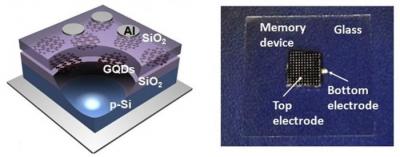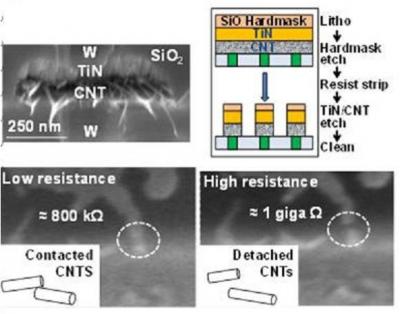RENs used to create MTJs for MRAM devices
Researchers from New Zealand's Victoria University are developing MRAM devices (MTJs) based on rare earth nitrides (RENs). RENs, grown under ulta-high vacuum are both magnetic and semiconducting.
The team is basing its work on europium nitride, which is not usually magnetic, but has been "tricked" into behaving like a magnet by being produced with slightly too few nitrogen atoms. Those RENs are grown in France's Centre for Research on Hetero-Epitaxy and Applications.

